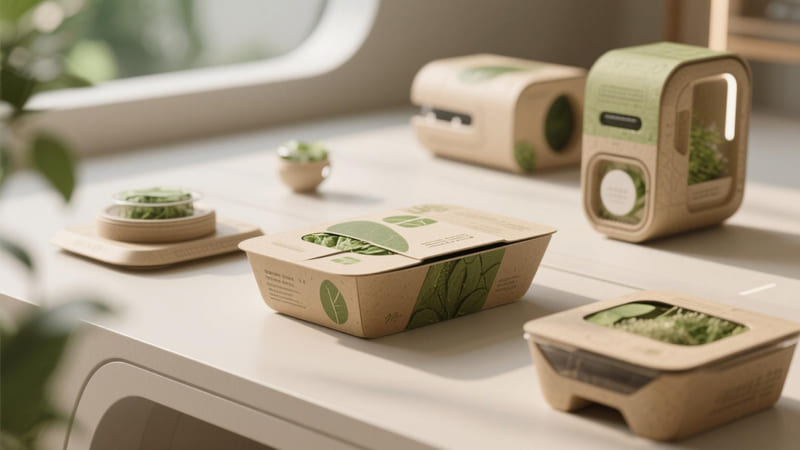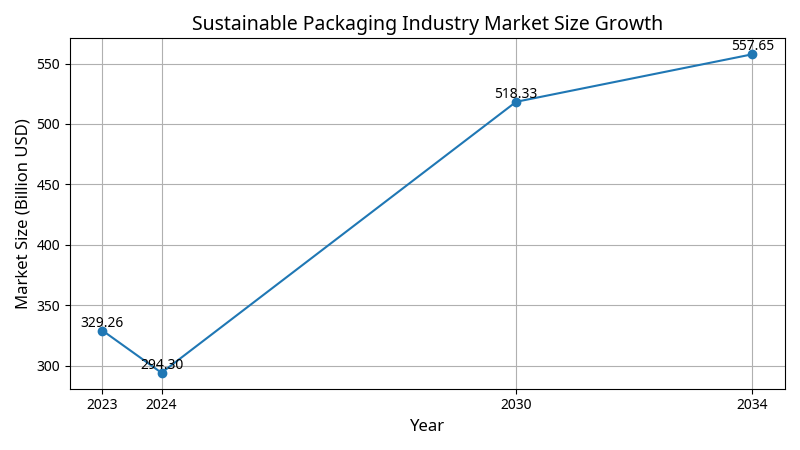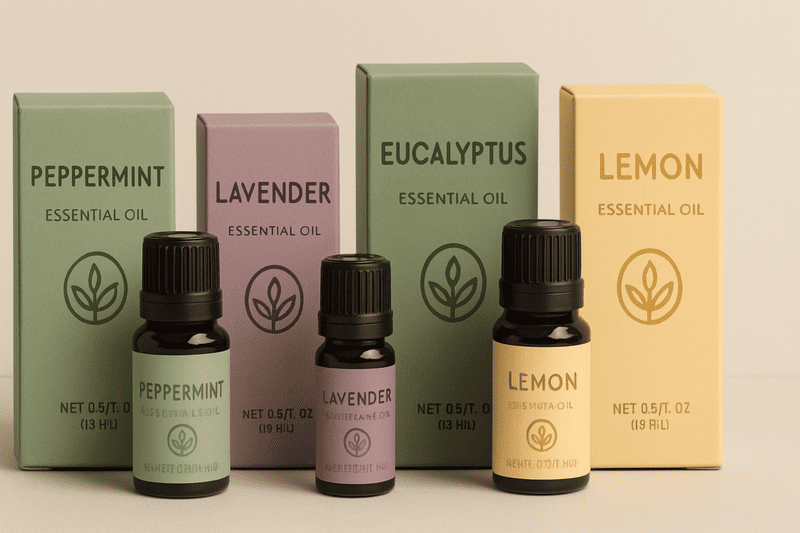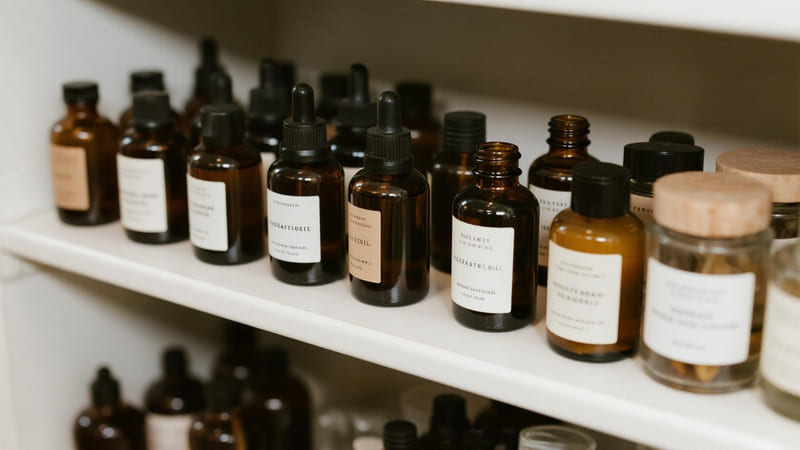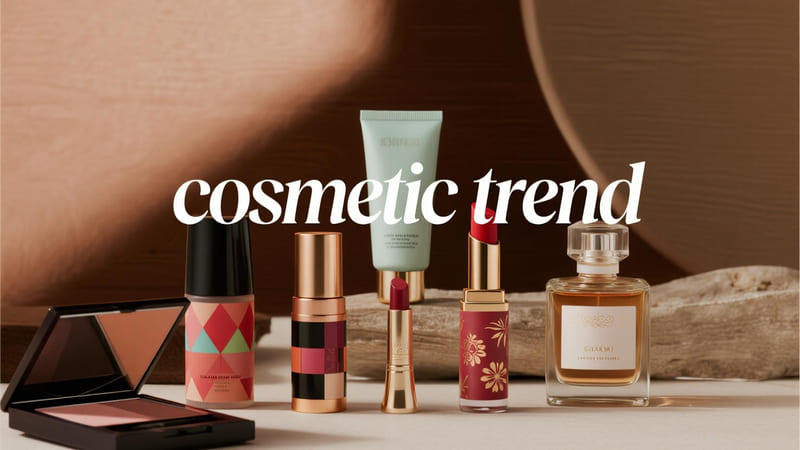The journey towards truly sustainable packaging is a marathon, not a sprint. While significant strides have been made in innovation, material science, and consumer awareness, widespread adoption and a truly circular economy for all packaging are still on the horizon.
We are making progress towards sustainable packaging, with increased use of recycled content, innovative bio-based materials, and refillable systems. However, challenges like scaling these solutions, improving recycling infrastructure globally, overcoming cost barriers, and changing consumer behavior mean we are not yet "close" to a fully sustainable packaging ecosystem for all products. It’s an ongoing evolution.
The urgency to address packaging waste and its environmental impact is driving innovation at an unprecedented rate. As a global packaging manufacturer with ShineTop, we are deeply involved in this transition, constantly exploring and implementing more sustainable options for our clients. However, systemic change takes time and concerted effort from all stakeholders.
What is the Future of Sustainable Packaging?
The future of sustainable packaging is dynamic and exciting, driven by technological advancements, regulatory pressures, and a fundamental shift in consumer and brand values towards environmental responsibility.
The future of sustainable packaging will likely be characterized by: 1. Increased adoption of circular economy models (refill/reuse, high-recycled content, design for recyclability). 2. Innovations in bio-based and compostable materials. 3. Smart packaging with enhanced traceability and consumer information. 4. Greater emphasis on minimalist design and source reduction. 5. Stronger regulatory frameworks and extended producer responsibility (EPR) schemes.
We are moving towards a more intelligent, resource-efficient, and less wasteful packaging paradigm.
Key Trends Shaping the Future:
-
Dominance of Circular Economy Principles:
- Refill & Reuse Models: Expect to see more sophisticated and mainstream refillable systems for a wider range of products (cosmetics, food, cleaning supplies). Think smart dispensers, subscription refill services, and packaging designed for many use cycles.
- High Recycled Content (PCR/PIR): Increased demand and technological advancements will make it easier and more cost-effective to incorporate high levels of post-consumer and post-industrial recycled materials into new packaging.
- Designing for Recyclability: Mono-material designs, easily separable components, and elimination of problematic materials will become standard practice.
-
Advanced Materials Science:
- Bio-Based Innovations: Further development of plastics and materials derived from renewable resources like algae, agricultural waste, mycelium (mushroom roots), or seaweed, with improved performance and end-of-life options.
- Smart Bioplastics: Materials that are truly biodegradable in specific environments (home compost, marine) without requiring industrial facilities.
- Edible Packaging: For certain food applications, packaging that can be consumed along with the product.
- Active & Intelligent Packaging: Packaging that can extend shelf life, monitor freshness, or interact with consumers via embedded sensors or indicators (though the sustainability of these additions will need careful assessment).
-
Minimalism & Source Reduction by Design:
- Brands will continue to find innovative ways to use less packaging material overall without compromising protection or appeal.
- "Naked" products or products with ultra-minimal wraps will become more common.
-
Digitalization & Transparency:
- QR codes and digital platforms providing detailed information on a product’s packaging lifecycle, sustainability credentials, and proper disposal instructions.
- Enhanced traceability of materials through the supply chain.
-
Policy & Regulation:
- More stringent government regulations on single-use plastics, mandatory recycled content targets, and the implementation of Extended Producer Responsibility (EPR) schemes, where producers are financially responsible for the end-of-life management of their packaging.
-
Collaborative Innovation:
- Increased collaboration between material scientists, designers, manufacturers (like ShineTop), brands, waste management companies, and governments to create and implement effective sustainable solutions.
The future is about creating a packaging ecosystem where waste is minimized, resources are conserved, and materials are kept in use for as long as possible.
How Big is the Sustainable Packaging Industry?
The sustainable packaging industry is no longer a niche segment; it’s a rapidly expanding global market driven by strong consumer demand, corporate sustainability goals, and increasing regulatory pressure.
The sustainable packaging industry is a significant and rapidly growing multi-billion dollar global market. Market reports consistently show strong double-digit annual growth, with projections indicating it will continue to expand substantially in the coming years, potentially reaching hundreds of billions of dollars in value as sustainability becomes a core business imperative.
The shift towards sustainable packaging represents a major transformation in the overall packaging sector.
Market Drivers & Statistics (General Trends):
- Market Value: While exact figures vary between market research firms, most reports from sources like Statista, Grand View Research, Mordor Intelligence, etc., place the current global sustainable packaging market in the range of USD 250 billion to over USD 350 billion annually, with projections for it to reach USD 400-500 billion or more within the next 5-7 years.
- Compound Annual Growth Rate (CAGR): Typically reported in the range of 5% to 10%+, significantly outpacing the growth of the conventional packaging market.
- Key Segments Driving Growth:
- Recycled Content Packaging: Especially PCR plastics and recycled paperboard.
- Biodegradable & Compostable Packaging: Growing interest, though infrastructure dependent.
- Paper & Paperboard Packaging: Strong demand due to its recyclability and renewable nature (if sourced well).
- Reusable & Refillable Systems: An emerging but high-potential area.
- Dominant End-Use Industries: Food & beverage is the largest adopter, followed by healthcare/pharmaceuticals, personal care/cosmetics, and e-commerce.
- Regional Trends: Europe and North America have been early adopters, but the Asia-Pacific region is showing rapid growth due to increasing consumer awareness and manufacturing capabilities.
Why the Boom?
- Consumer Demand: Consumers are actively seeking and willing to pay more for products with sustainable packaging.
- Corporate Social Responsibility (CSR) & ESG Goals: Companies are setting ambitious sustainability targets.
- Regulatory Pressure: Bans on single-use plastics, EPR schemes, and recycled content mandates.
- Brand Differentiation: Sustainable packaging offers a competitive advantage.
- Cost Savings (Long-Term): Lightweighting and material reduction can lead to lower material and transport costs.
At ShineTop, we’ve experienced this growth firsthand, with a significant increase in inquiries and orders for our sustainable packaging solutions, such as PCR plastic containers and FSC-certified paperboard boxes. This trend is reshaping our R&D and production priorities.
What is the Dark Side of Sustainable Packaging?
While the pursuit of sustainable packaging is overwhelmingly positive, it’s important to acknowledge that there can be complexities, unintended consequences, or instances of "greenwashing" – a "dark side" that requires critical awareness.
The "dark side" of sustainable packaging can include "greenwashing" (misleading claims), higher costs passed to consumers, potential performance trade-offs with some eco-materials, challenges with recycling/composting infrastructure for new materials, unintended environmental consequences (e.g., deforestation for poorly sourced paper, land use for some bioplastics), and the energy intensity of producing certain "eco" alternatives.
No solution is perfect, and even well-intentioned efforts can have drawbacks if not carefully considered.
Potential Pitfalls & Challenges:
-
Greenwashing:
- Brands making vague, unsubstantiated, or misleading claims about the eco-friendliness of their packaging (e.g., using terms like "eco," "green," or "biodegradable" without proper certification or context). This erodes consumer trust.
-
Cost Implications:
- Sustainable materials and processes can sometimes be more expensive, potentially making eco-friendly products less accessible to all consumers.
-
Performance Issues:
- Some early-generation or poorly chosen eco-materials might not offer the same level of protection, barrier properties, or durability as conventional packaging, potentially leading to product spoilage or damage (which is also environmentally detrimental).
-
Recycling/Composting Infrastructure Gaps:
- A package might be "technically" recyclable or compostable, but if the necessary facilities aren’t widely available to consumers, it will likely end up in landfill. This is a major issue for many innovative bioplastics or multi-layer "eco" films.
-
Unintended Environmental Trade-offs:
- Land Use: Large-scale production of some bio-based plastics (e.g., from corn or sugarcane) could compete with food production for agricultural land or lead to deforestation if not managed sustainably.
- Water Consumption: Some alternative fiber crops might be water-intensive.
- Chemical Processing: Even "natural" materials might require significant chemical processing to turn them into usable packaging.
- Higher Transport Emissions: Heavier sustainable materials like glass can lead to increased carbon footprint from transportation compared to lightweight plastics, if not offset by high recycling rates and reuse.
-
Energy Intensity of Production:
- Producing some "eco" materials (e.g., virgin aluminum or even some types of bioplastics) can still be energy-intensive. The benefit often comes when these materials are part of a robust recycling or composting system.
-
Consumer Confusion:
- The proliferation of different "eco" labels, materials, and disposal instructions can confuse consumers, leading to improper disposal and undermining the intended benefits.
It’s crucial for brands and manufacturers like ShineTop to be transparent, rely on credible certifications, conduct thorough lifecycle assessments where possible, and focus on solutions that offer genuine, holistic environmental benefits rather than just superficial green claims.
Do People Care About Sustainable Packaging?
The short answer is a resounding yes, and increasingly so. Consumer awareness and concern about environmental issues, particularly plastic pollution and climate change, have made sustainable packaging a significant factor in their purchasing decisions.
Yes, a large and growing number of people care deeply about sustainable packaging. Surveys and market data consistently show that consumers are more aware of packaging waste, actively seek out brands with eco-friendly packaging, are often willing to pay more for it, and view it as an important indicator of a brand’s overall values and responsibility.
Consumer sentiment is a powerful driver of change in the packaging industry.
Evidence of Consumer Concern:
- Increased Awareness of Plastic Pollution: Documentaries, media coverage, and social media have highlighted the devastating impact of plastic waste on oceans and wildlife, galvanizing public concern.
- Surveys & Market Research:
- Numerous studies show that a majority of consumers (often 60-80% or more, depending on the region and demographic) consider sustainability when making purchasing decisions.
- Many report feeling guilty about excessive packaging or non-recyclable packaging.
- Willingness to Pay More: A significant segment of consumers indicate they are willing to pay a premium for products with sustainable packaging.
- Brand Loyalty & Switching: Consumers are more likely to be loyal to brands that demonstrate genuine environmental responsibility and may switch away from brands perceived as unsustainable.
- Influence on Brand Perception: Sustainable packaging positively impacts how consumers view a brand’s overall ethics, trustworthiness, and quality.
- Social Media Activism: Consumers readily use social media to call out brands for excessive or unsustainable packaging and praise those making positive changes.
- Demand for Transparency: Consumers want clear information about what packaging is made from and how to dispose of it responsibly.
- Generational Differences: Younger generations (Millennials and Gen Z) are often particularly passionate about sustainability and expect brands to align with their values.
This consumer demand is a primary reason why brands like Anna’s in Thailand (a ShineTop client) are prioritizing sustainable packaging. She knows it resonates with her customers who seek natural, wholesome products and expect the packaging to reflect that ethos. The desire for sustainable packaging is no longer a niche concern; it’s a mainstream expectation that brands cannot afford to ignore.
Conclusion
While we are not yet at a point of universally sustainable packaging, significant progress is being made, driven by innovation, consumer demand, and regulatory shifts. The future points towards a circular economy with more refill/reuse systems, high-recycled content, advanced bio-materials, and smarter designs. The sustainable packaging industry is booming as people increasingly care about the environmental impact of their purchases. However, it’s crucial to navigate this transition with a critical eye, avoiding greenwashing and focusing on solutions that offer genuine, holistic environmental benefits.


